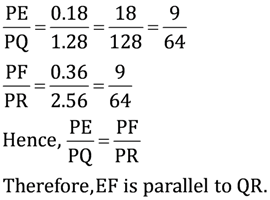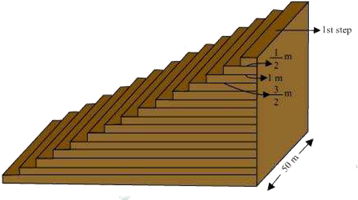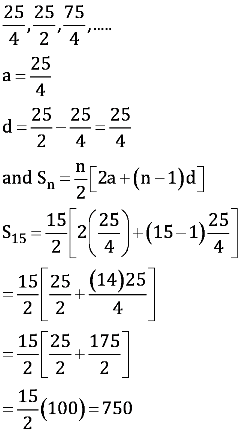Question 1:
State which pairs of triangles in the following figure are similar? Write the similarity criterion used by you for answering the question and also write the pairs of similar triangles in the symbolic form:
(i)

(ii)

(iii)

(iv)

(v)

(vi)

Answer:
(i) ∠A = ∠P = 60°
∠B = ∠Q = 80°
∠C = ∠R = 40°
Therefore, ΔABC ∼ ΔPQR [By AAA similarity criterion]

(ii) ∴ ∆ABC ~ ∆QRP [By SSS similarity criterion]
(iii)The given triangles are not similar as the corresponding sides are not proportional.
(iv)The given triangles are not similar as the corresponding sides are not proportional.
(v)The given triangles are not similar as the corresponding sides are not proportional.
(vi) In ∆DEF,
∠D +∠E +∠F = 180º
(Sum of the measures of the angles of a triangle is 180º.)
70º + 80º +∠F = 180º
∠F = 30º
Similarly, in ∆PQR,
∠P +∠Q +∠R = 180º
(Sum of the measures of the angles of a triangle is 180º.)
∠P + 80º +30º = 180º
∠P = 70º
In ∆DEF and ∆PQR,
∠D = ∠P (Each 70°)
∠E = ∠Q (Each 80°)
∠F = ∠R (Each 30°)
∴ ∆DEF ∼ ∆PQR [By AAA similarity criterion]


















































 m apart.
m apart.





